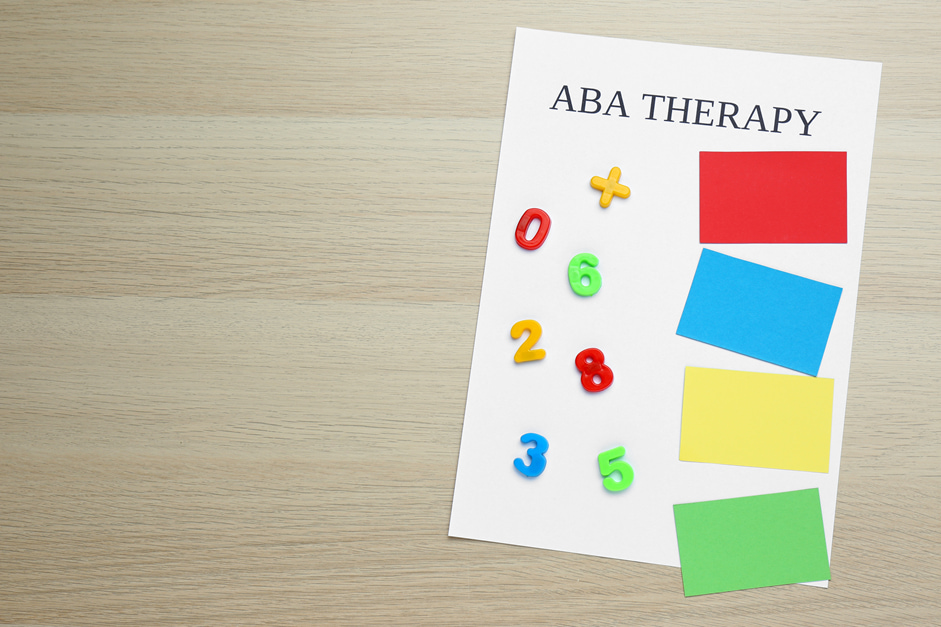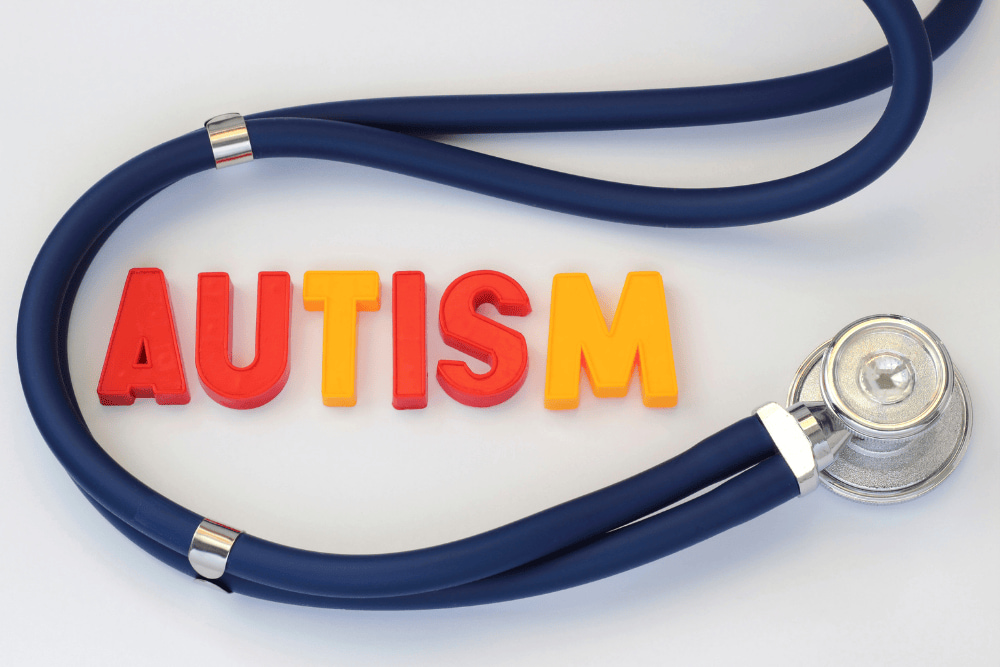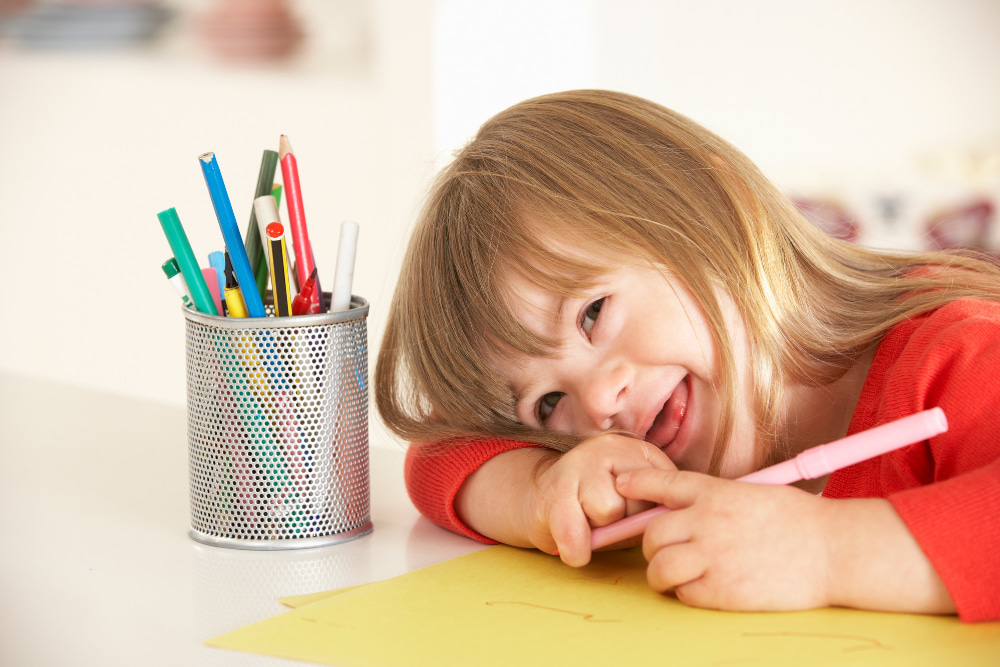Understanding Pairing in ABA Therapy: Techniques for Effective Engagement
Pairing in ABA therapy builds a trust-based bond by connecting the therapist with activities the client loves. It boosts motivation, reduces resistance, and creates a positive environment for learning. Effective pairing is intentional, ongoing, and adapts to the client’s needs.
In this article, Above and Beyond Therapy defines pairing in ABA, sharing its importance, challenges, and an implementation guide.
What is Pairing in ABA Therapy?
Pairing in ABA therapy is the process through which the therapist becomes someone the client wants to be around. This process enables the therapist to become associated with reinforcement in the eyes of the client, so that they become linked with positive feelings of fun and comfort.
When the client starts with a new therapist, the focus is on building a relationship. This includes learning what the client enjoys, prefers, and dislikes. The next step is associating the therapist or therapy environment with those reinforcers. Without making any demands, the therapist will play with the child, sing songs, or offer snacks during sessions. This helps create a positive association, making the client more willing and eager to participate in learning activities.
Why Is Pairing Important in ABA Therapy?
Pairing in ABA therapy is important for building a bridge between the therapist and the learner. Whether at an ABA center or with ABA sessions at home, without effective pairing, therapy sessions may feel aversive or stressful, making it difficult to achieve progress.
Pairing lays the groundwork for several outcomes in ABA therapy. First, it establishes trust, making children more likely to engage in tasks when they feel safe and connected to the person guiding them. This foundation of trust also plays a key role in minimizing challenging behaviors since the therapist is perceived as a source of reinforcement. This positive association enhances learning, making clients more responsive to instructions and willing to participate in tasks.
Pairing in ABA is not a one-time event but a continuous process that evolves as the therapist and client relationship grows.
Benefits of Pairing in ABA Therapy
There are multiple benefits to pairing in ABA, including building positive relationships, increasing motivation and participation, and facilitating learning and skill acquisition.
Building Positive Relationships
One of the most powerful outcomes of pairing in ABA is the development of a strong, trusting relationship between therapist and client. Therapists can create emotional safety and connection by entering the client's world and showing genuine interest in what they love. This connection helps to reduce fear and resistance, making it easier for the child to be open to new experiences.
Increasing Motivation and Participation
Clients naturally become more motivated to engage when a therapist is consistently associated with enjoyable experiences. Rather than viewing therapy as a chore or something unpleasant, the child sees it as a source of fun and positivity.
This increased motivation enhances participation across types of activities, from structured learning trials to social skills training. The more a child participates willingly, the more opportunities there are for meaningful learning.
Facilitating Learning and Skill Acquisition
Once pairing has been successfully established, therapists can begin introducing new skills. Since the child is already motivated and engaged, they are more receptive to instructions and reinforcement.
In this way, pairing supports the efficient acquisition of communication, daily living, social, and academic skills. It can also help generalize learning across environments by maintaining consistent positive associations.
Implementing an Effective Pairing Strategy
For pairing to succeed, it must be intentional and based on a clear strategy. Our team at Above and Beyond Therapy shares proven strategies drawn from years of hands-on experience and industry-leading ABA practices, and outlines how to pair with a patient in ABA therapy.
- Identifying Potential Reinforcers
At the beginning of the pairing process, therapists need to identify what the client finds reinforcing. This includes observing the child to see what they naturally gravitate towards in their environment. Further information about what the child likes or dislikes can be discussed with the caregiver.
Examples of reinforcers include certain toys, bubbles, music, snacks, social praise, or movement-based activities like jumping or swinging.
- Creating Positive Associations
Once reinforcers are identified, therapists can get involved and spend time with those reinforcers to allow the child to associate the therapist with enjoyable experiences. This involves following the client's lead and letting them choose the activity they will be doing together. Following their request, it is important to show genuine enthusiasm and engagement. At first, the focus should be on building enjoyment before introducing structured tasks or demands.
- Gradual Introduction of Demands
As the pairing process progresses, therapists can begin to introduce low-effort and low-stress demands. These should be introduced slowly, without compromising the positive association built through the pairing process. This strategy includes starting with easy tasks the child can complete successfully, keeping the reinforcers as the dominant factor, and monitoring the client's response to ensure they are comfortable.
Common Challenges in Applying Pairing Techniques
Even with the best therapists and strategies, pairing isn’t always smooth sailing. Recognizing and addressing common obstacles is key to maintaining a strong relationship.
Inconsistent Reinforcement
One of the most frequent issues in pairing is inconsistency in reinforcement. If reinforcement is not delivered consistently or at the right time, the positive association with the therapist may weaken. Tips to address this include:
- Ensure reinforcement is immediate and contingent on desired behavior
- Avoid using reinforcers as bribes or withholding them inconsistently
- Regularly reassessing what is reinforcing the client.
Misunderstanding Client Preferences
Therapists may assume a child enjoys something when they don’t. Misreading these cues can make pairing less effective or even aversive. Solutions may include:
- Being observant and responsive to the child's cues
- Using formal autism preference assessments periodically
- Keep an open mind and be willing to adapt.
Shifting Interests Over Time
Children's preferences change, sometimes rapidly. What worked last week might not have the same appeal this week. To adapt to this, therapists need to:
- Maintain an ongoing list of reinforcers
- Rotate activities and observe for signs of boredom
- Introduce new potential reinforcers regularly.
Examples of Pairing in ABA Therapy
Pairing is not limited to clinical settings; it can and should be applied across all environments where the child interacts and learns. Here are some examples of pairing in ABA and how it could be implemented.
Pairing in Home Environments
Pairing at home reinforces progress made in therapy and creates consistency, making transitions between settings smoother. Parents and caregivers can use pairing strategies at home by:
- Joining in preferred activities: Spend time playing together (without placing demands), doing activities the child enjoys
- Offering praise and encouragement: Celebrate successes, no matter how small.
- Creating a positive atmosphere: Make home routines enjoyable by incorporating music, special treats, or other movements the child likes.
Successful ABA Pairing in the Classroom
ABA pairing in the classroom is equally important. Creating a welcoming and positive classroom environment supports academic success and peer interaction. Teachers and aides can engage with the child through:
- Incorporating interests into lessons: Use the student’s favorite characters, topics, or activities as part of the task.
- Providing non-contingent reinforcement: Allow the child to access preferred items or breaks for being present and engaged.
- Fostering positive relationships: Build rapport by showing genuine interest.
Concluding Thoughts on the Role of Pairing in ABA
Pairing in ABA therapy is more than just a clinical technique; it's the heart of compassionate and relationship-based care. By taking the time to build trust and connection, therapists and caregivers create the conditions necessary for meaningful growth and learning.
At Above and Beyond Therapy, we understand that strong relationships drive effective therapy. Our team is committed to ensuring every child feels safe, understood, and motivated. Investing in effective pairing strategies is one of the most powerful steps you can take toward positive outcomes. Pairing isn’t just the beginning of therapy; it’s the start of a journey towards connection, communication, and confidence. Reach out to us today to find out more about how we can help your child thrive!
FAQ’s about Pairing in ABA
What is the best way to start pairing with a new client?
Begin by observing the child’s behavior and identifying what they enjoy. Follow their lead, engage in their preferred activities, and avoid placing demands. Let the relationship form naturally through shared positive experiences.
Can pairing techniques be used with older clients?
Yes! The core principles of pairing remain the same across various ages. The key is identifying what brings them joy and making that the focus.
What if a client shows no interest in the suggested reinforcers?
If a client is not responding to reinforcers as expected, observe the child in different environments, expand your range of options, or try using a structured reference assessment.
How long should the pairing process take?
There is no one-size-fits-all timeline when it comes to pairing. Some clients may take a few hours, while others require a few days or months. It is important to move at the client's pace and continually monitor for signs of connection and comfort.


.jpg)





.png)



